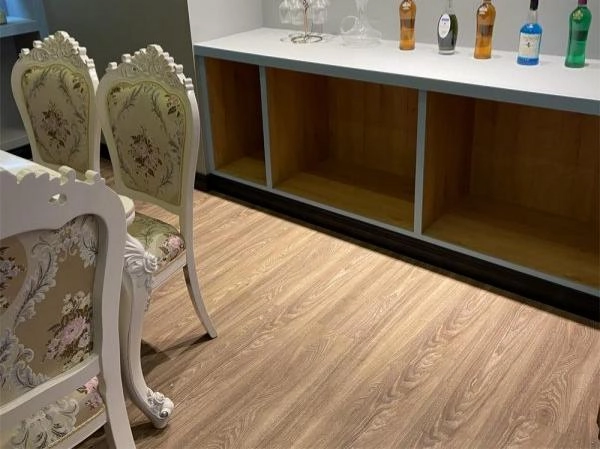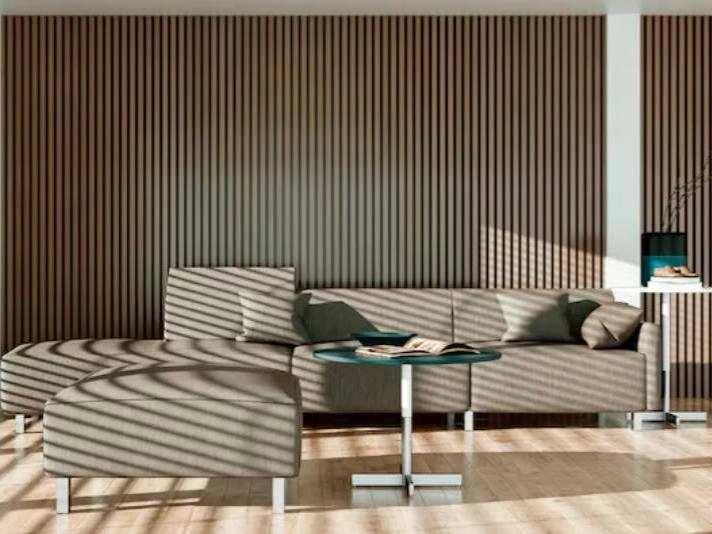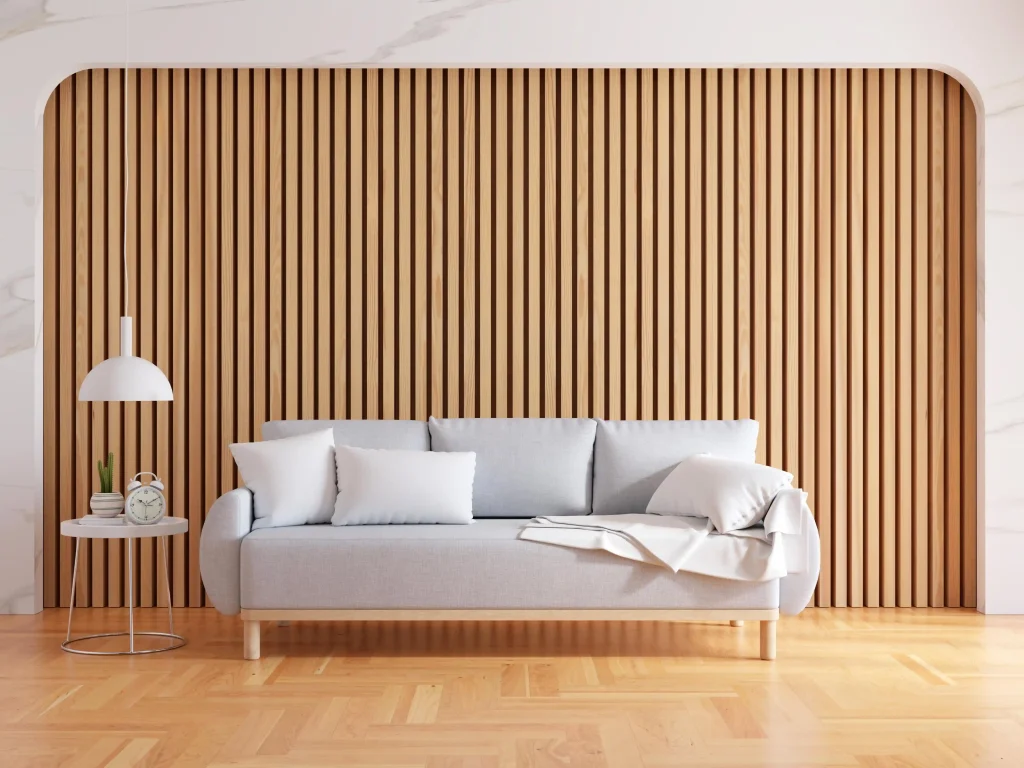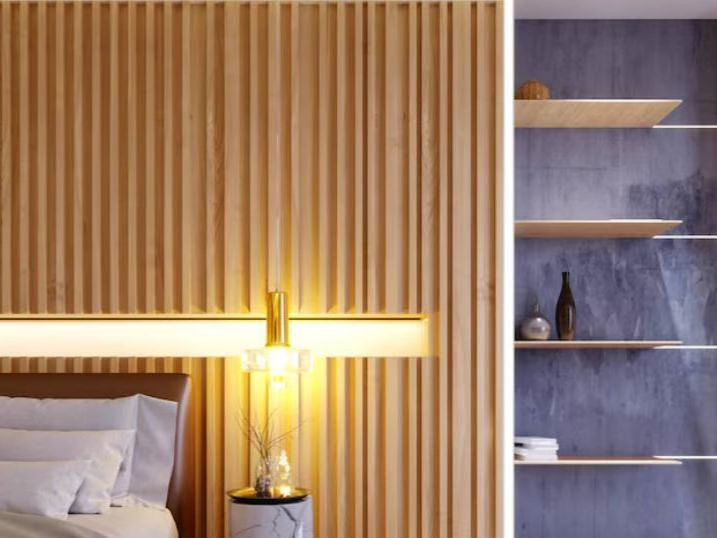Picking the best SPC (Stone Plastic Composite) wall panel for your area isn’t just about color or style. The thickness and core materials decide how well the panels work, how long they last, and if they suit your local weather. SPC panels are loved for keeping out water, being fire-safe, and going up easily. They’re eco-friendly and made with cool tech. Knowing what your region needs helps homeowners, builders, and designers choose panels that stay great for years.

What Affects Panel Thickness Choice
Weather and Local Conditions
Temperature Swings and Wetness
In places with lots of humidity or changing temperatures, SPC panels need to stretch and shrink without bending or breaking. SPC flooring has achieved the ENF level of GB/T 39600-2021 through the classification of formaldehyde emissions from artificial boards and their products. This keeps them sturdy even when it’s hot or cold.
Keeping Out Water and Mold
SPC panels solutions are awesome at blocking water. They offer numerous benefits such as zero formaldehyde, moisture resistance, fire and insect resistance, and easy installation. They’re great for humid spots like tropical or beach areas.
Building Needs and Strength
Wall Conditions
Look at your walls before choosing a panel thickness. Rough or beat-up walls need thicker panels to look smooth. Thicker panels are stronger and hide wall flaws better.
Handling Bumps and Knocks
Thicker panels, like 4mm, are tougher against dents. In busy places like hallways or shops, these hold up well. SPC flooring is produced using a glue-free, hot-pressing process, meeting international standards like EN14372, EN649-2011, IEC62321, GB4085-83.2011. These ensure the panels are strong and meet top quality marks.
Looks and Style Needs
Style vs. Practical Use
Thin 4mm panels are fine for decoration where strength isn’t a big deal. Thicker ones give a richer look and extras like blocking noise. With outstanding stability, sustainability, and durability, these flooring options are suitable for various applications, including home, hotel, hospital, and commercial settings.
Understanding Core Materials in SPC Panels
Common Core Materials
Stone Powder and PVC
SPC panel cores are made from natural stone powder and PVC resin. Natural stone powder and resin are the main raw materials, which do not contain formaldehyde and heavy metals. This mix makes a solid, green core.
Additives for Extra Strength
Makers add things like calcium-zinc stabilizers and PE wax to make panels better. Compared to composite lead salt stabilizers, calcium-zinc stabilizers have the advantages of being more environmentally friendly and exhibiting good thermal stability.
How Core Density Helps Durability and Insulation
Sound and Heat Benefits
A denser core cuts down noise and traps heat better. This matters in noisy cities or cold places. Provides effective sound absorption and promotes energy efficiency, resulting in energy savings of over 30% in indoor spaces.
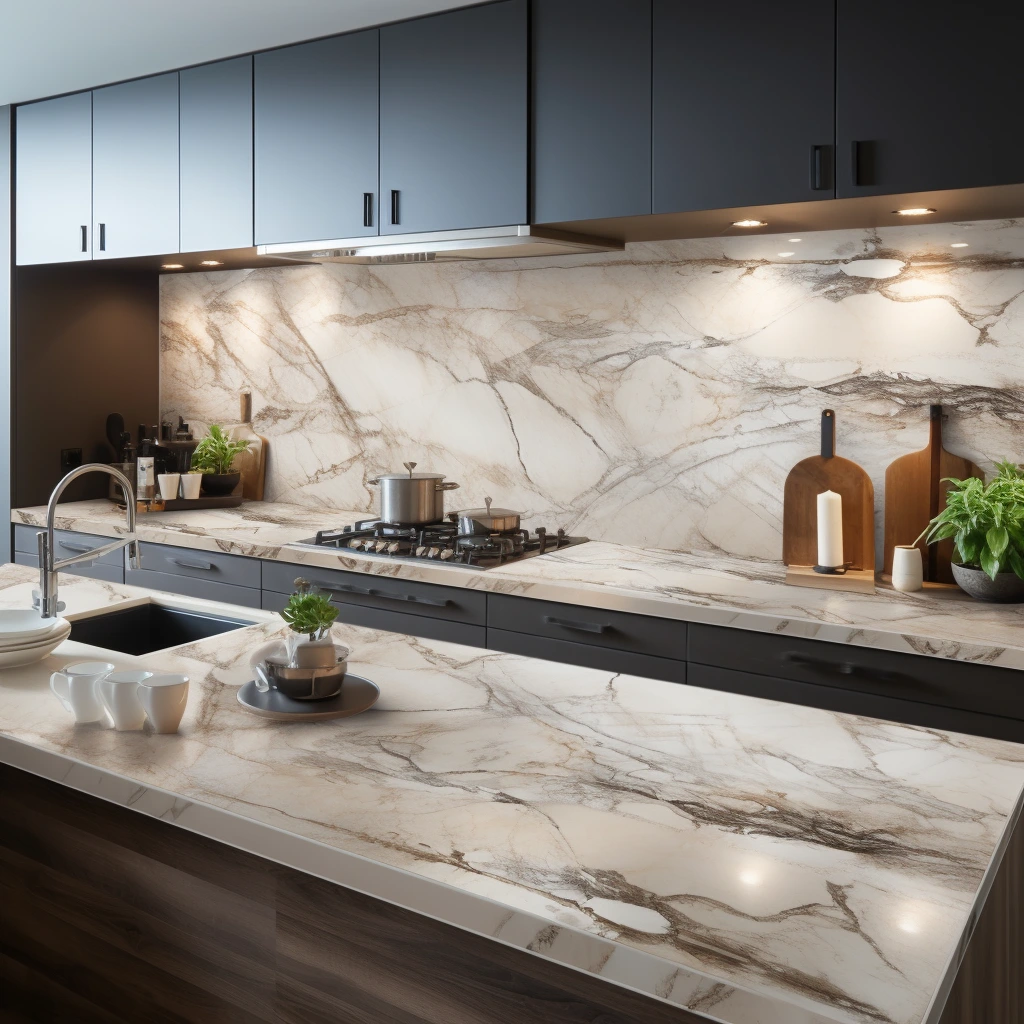
Matching SPC Panels to Your Area’s Needs
Hot and Humid Areas
Best Thickness Range
For steamy places with humidity over 60%, go for 4mm panels. These keep water out and stay strong.
Best Core Materials for Wetness
Choose high-quality PVC resin with light calcium carbonate to stop mold. Light calcium is more environmentally friendly, with strong alkalinity that absorbs acidic gases during combustion.
Cold or Changing Weather Areas
Core Materials for Staying Warm
In cold places where keeping heat matters, denser cores hold warmth well. Thermal conductivity 0.25W/(m •℃) indicates good insulation capacity.
Dealing with Shrinking and Stretching
Thicker panels handle temperature swings better. Shrinkage rate ≤ 0.1% (6 hours at 80 ℃) confirms minimal dimensional change under heat exposure.
City vs. Country Areas
Fighting Dirt and Easy Cleaning
Cities have more pollution, so panels need to resist stains and clean easily. No change in surface dulling, surface attack, or staining was detected shows they’re great for urban spots.
In the countryside, panels should blend with nature. Low-maintenance ones still work well here.
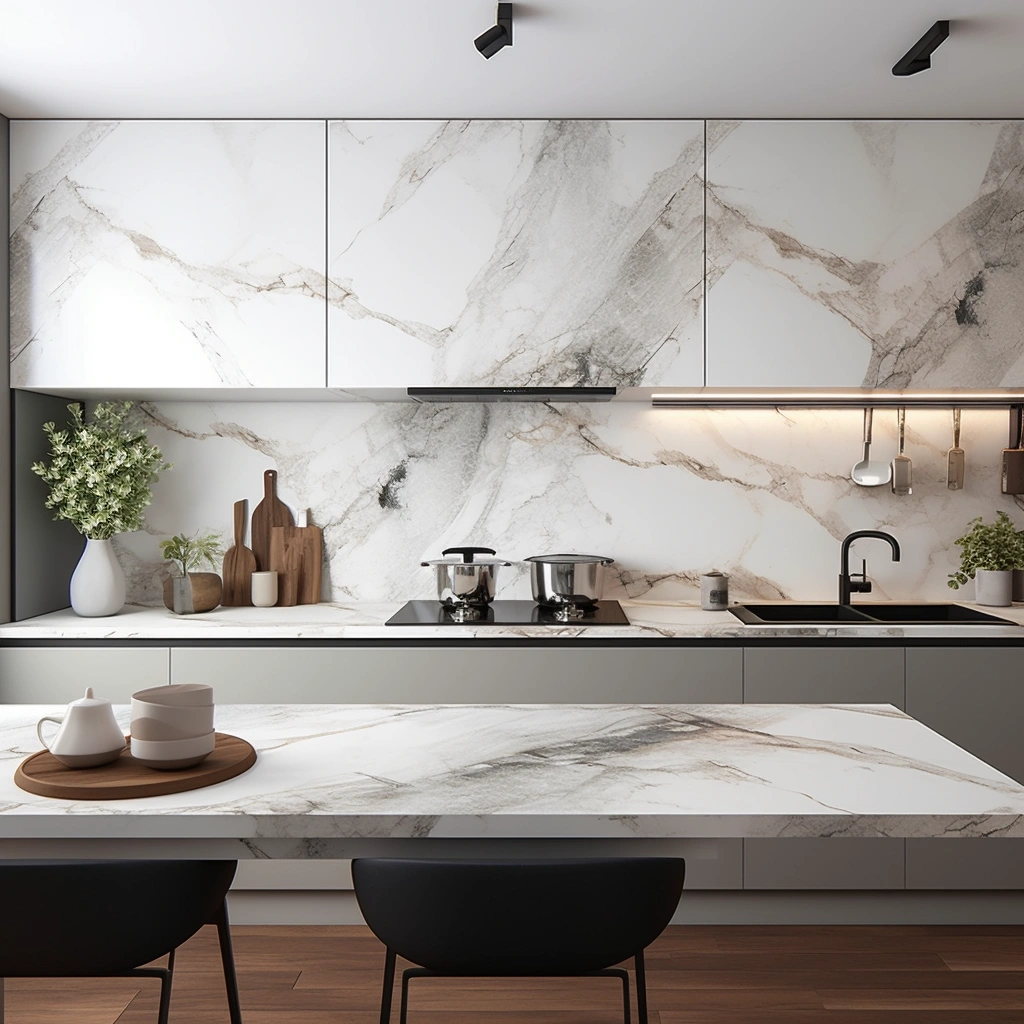
Picking the right SPC panel thickness and core for your area makes them perform great, whether in wet beach houses, cold northern homes, or lively city flats.
For homeowners wanting stylish, lasting panels or builders needing solid options, check out Latitude’s SPC wall panel collection at MIA_MIAO@AUTHOE.CN.
FAQ
Q: How do I decide if SPC panels are better than other materials for my project?
A: SPC panels are a great pick if you want something eco-friendly and easy to maintain. They’re stronger than wood against water and bugs, and lighter than tiles, making installation a breeze. Check your project’s needs—SPC shines in wet or busy areas.
Q: What should I consider about local building codes when choosing SPC panels?
A: Some regions have rules about fire safety or insulation for wall panels. Research your local building codes or ask a contractor to ensure the panels meet requirements. This avoids issues during inspections or renovations.
Q: How do I know if my installer is experienced with SPC panels?
A: Ask installers if they’ve worked with SPC before and request examples of past projects. Check if they know how to handle click-lock systems or adhesive setups. A good installer will also advise on thickness based on your walls.

